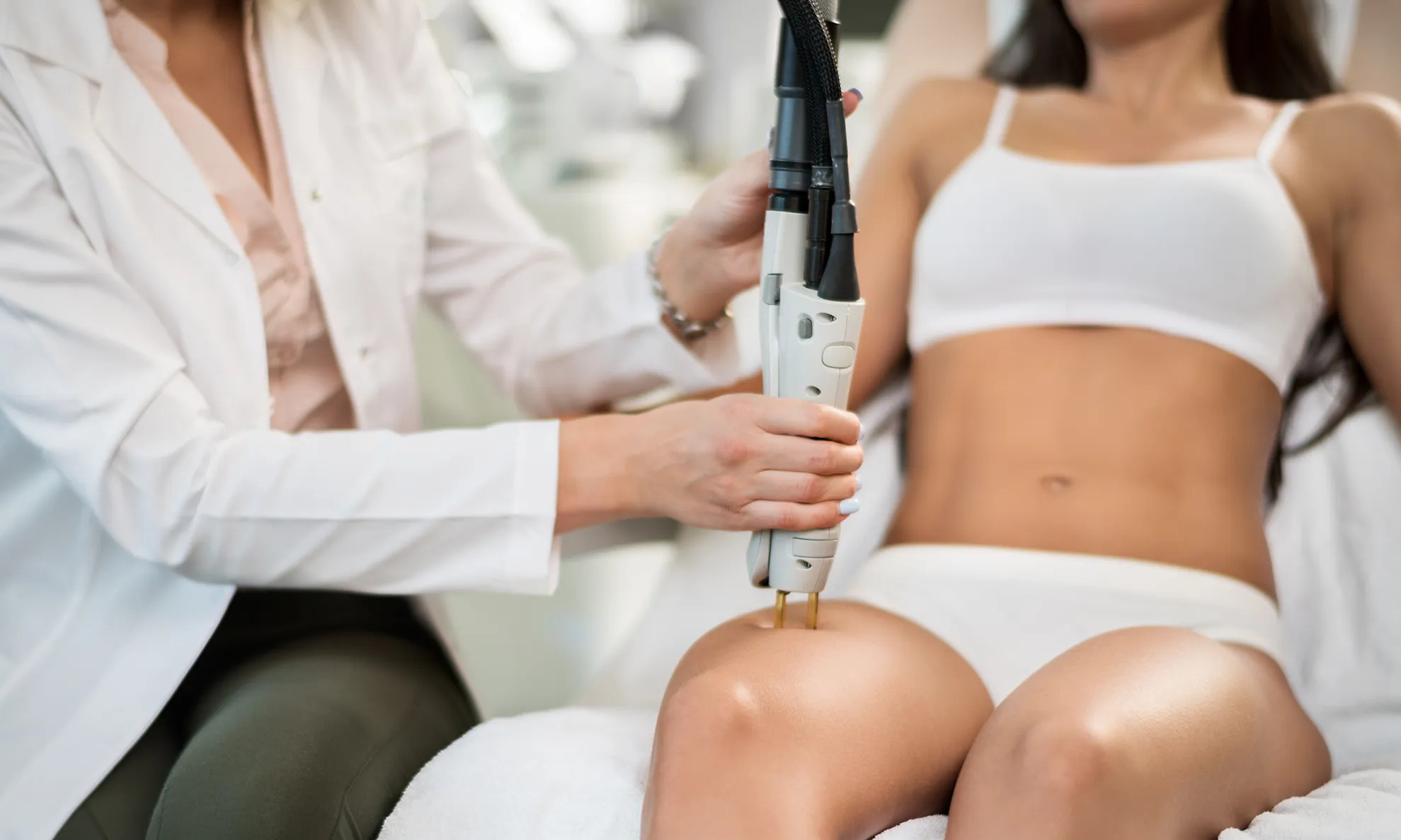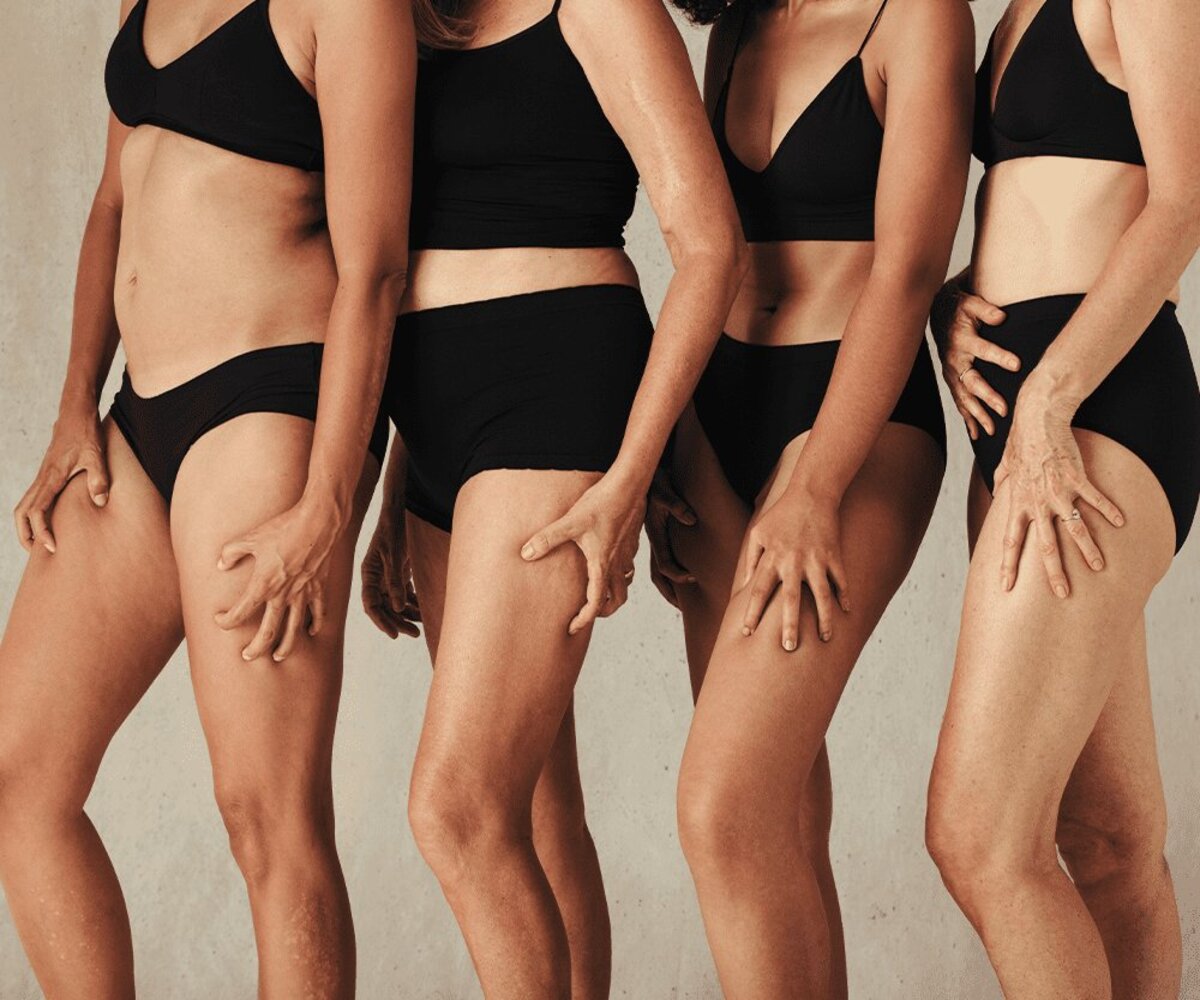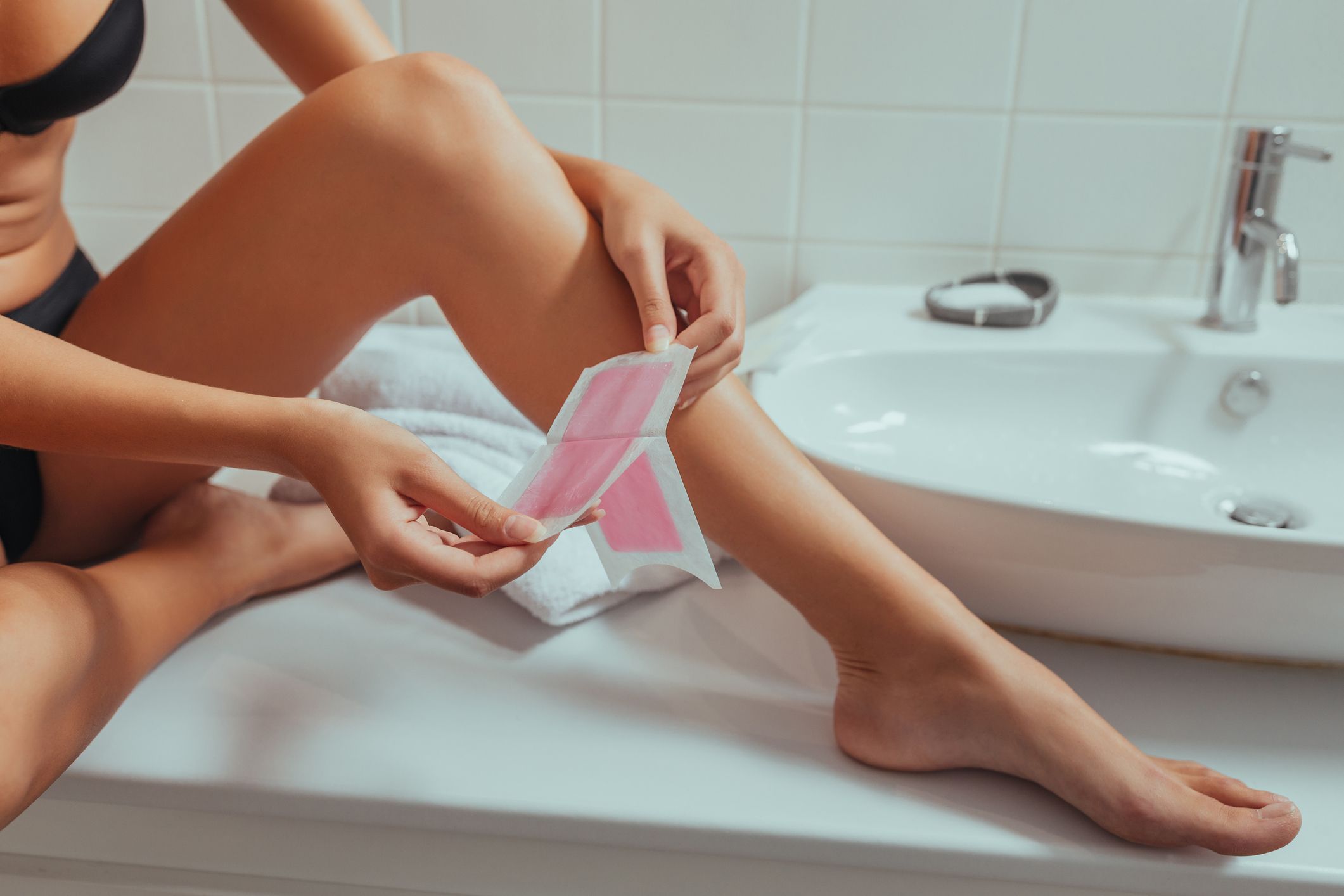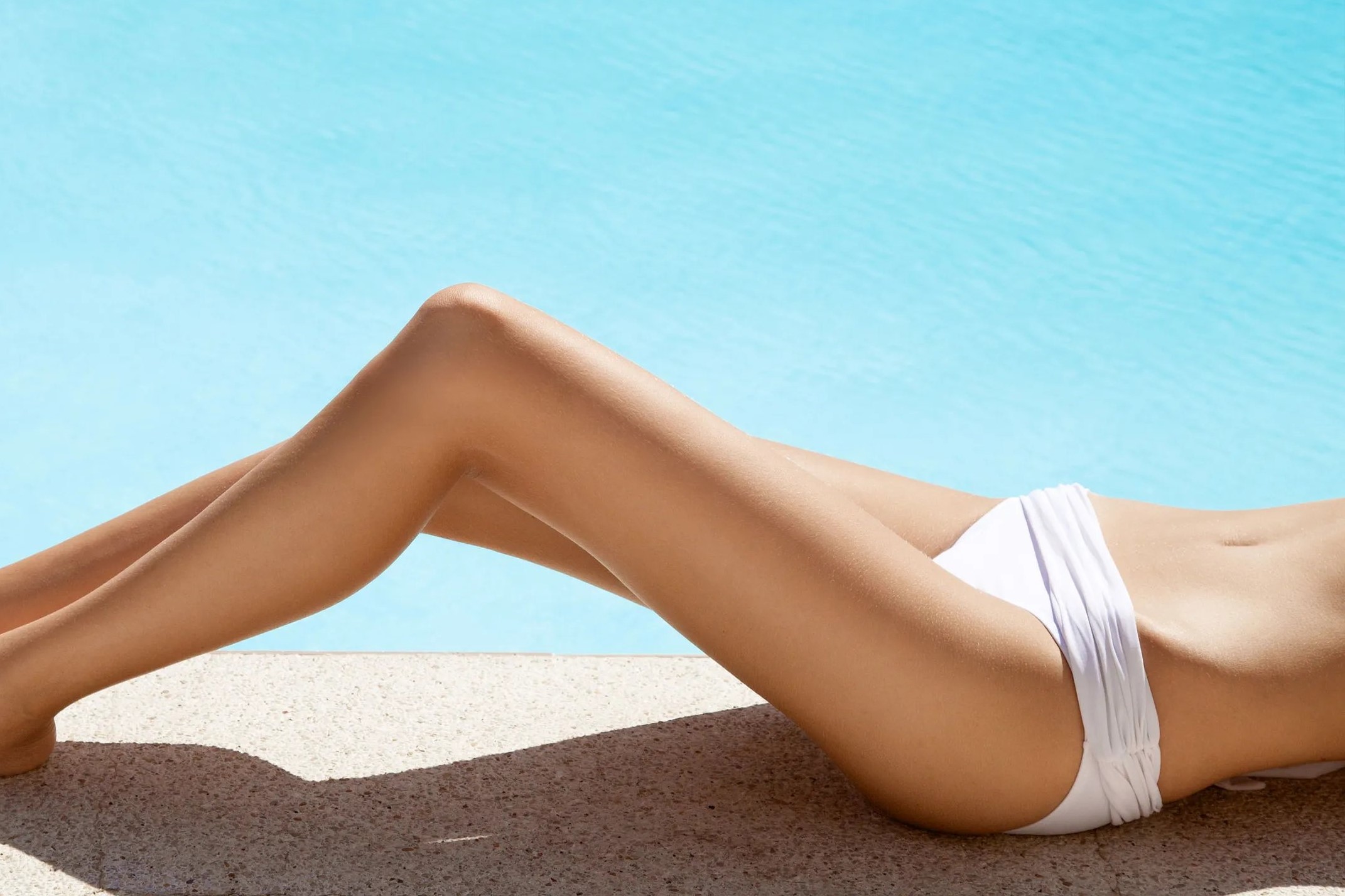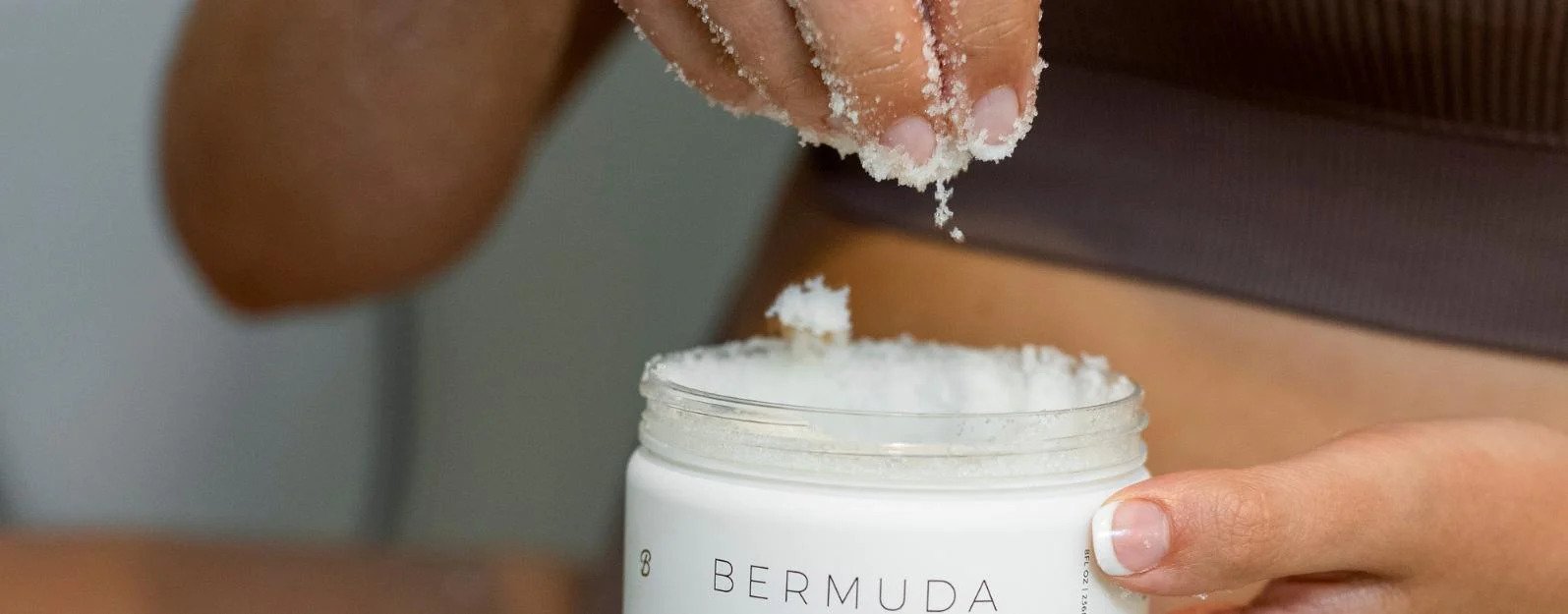Home>Women's Underwear>Bikinis>How Long Does Hair Take To Grow Back After A Bikini Wax
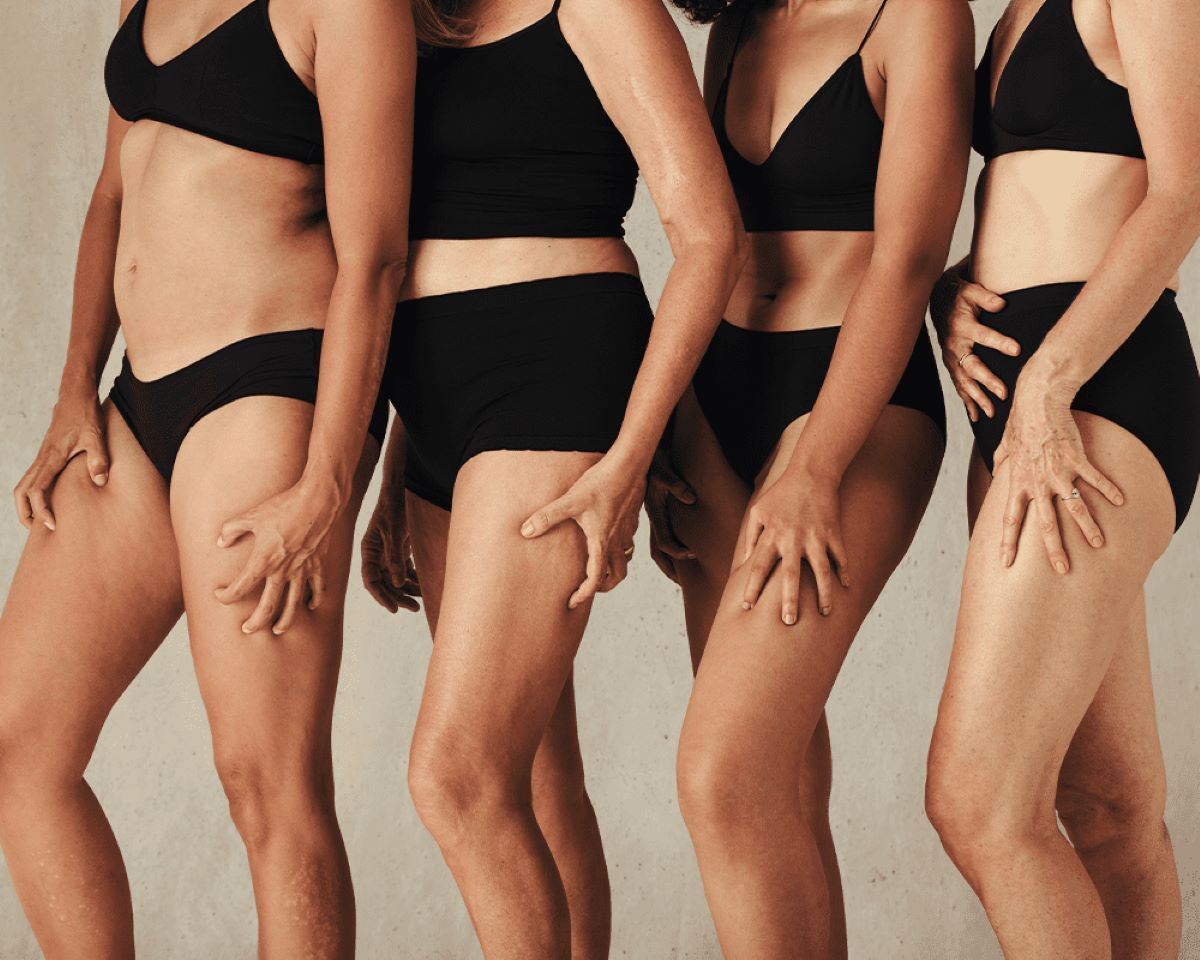

Bikinis
How Long Does Hair Take To Grow Back After A Bikini Wax
Modified: September 23, 2023
Discover how long it takes for bikini wax to grow back and maintain smoothness. Learn about bikini waxing tips and grooming techniques for longer-lasting results.
(Many of the links in this article redirect to a specific reviewed product. Your purchase of these products through affiliate links helps to generate commission for Under-tec.com, at no extra cost. Learn more)
Table of Contents
Introduction
Welcome to the world of bikini waxing! Whether you’re a seasoned waxing enthusiast or considering it for the first time, it’s important to understand how long it takes for your bikini wax to grow back. Bikini waxing is a popular hair removal method that involves removing hair from the bikini area using hot wax. It provides a smooth and long-lasting result, making it a go-to choice for many individuals.
While the duration of regrowth can vary from person to person, several factors come into play. These factors can influence the rate at which hair grows back and determine how long you can enjoy that ultra-smooth, hair-free feeling.
In this article, we will delve into the various aspects of bikini waxing and hair regrowth. We will explore the factors affecting hair growth, the typical hair growth cycle, and ultimately, how long it takes for your bikini wax to grow back. Additionally, we will provide some helpful tips to promote healthy hair regrowth and address common questions related to bikini waxing.
So, whether you’re looking to maintain a well-groomed bikini area or simply curious about the process, read on to discover all the essential information about bikini waxing and the time it takes for your hair to grow back.
Understanding Bikini Waxing
Bikini waxing is a popular method of hair removal that involves using hot wax to eliminate unwanted hair from the bikini area. Unlike shaving, which only removes hair from the surface, waxing removes hair from the root, resulting in a smoother and longer-lasting result.
There are various types of bikini waxes available, ranging from a basic bikini line wax, which only removes hair along the bikini line, to a Brazilian wax, which removes most or all of the hair in the bikini area. The choice of waxing style is a personal preference and depends on the level of hair removal desired.
During a bikini waxing session, a licensed esthetician will apply warm wax to the desired area and then place a cloth or paper strip over the wax. The wax is allowed to cool and harden slightly before being swiftly removed in the opposite direction of hair growth, pulling the hair out from the root.
There are a few different types of wax commonly used in bikini waxing. Hard wax is a popular choice as it adheres to the hair and not the skin, making it less painful and reducing the risk of irritation. Soft wax is another option, which is applied with a thin layer of cloth or paper before being removed.
Bikini waxing can be done at home with DIY waxing kits, but it is generally recommended to visit a professional esthetician for optimal results. Professionals have the experience and skill to ensure a thorough and precise waxing process, reducing the risk of injury or improper hair removal.
Understanding the basics of bikini waxing is essential before diving into the details of hair regrowth. By comprehending the technique and types of waxes used, you can make informed decisions about your hair removal preferences and ensure a comfortable and effective waxing experience.
Factors Affecting Hair Growth
The rate at which hair grows back after a bikini wax can vary from person to person. Several factors contribute to the speed of hair regrowth, and understanding these factors can help manage expectations and plan for future waxing sessions.
One of the primary factors influencing hair growth is genetics. Each individual has a unique genetic makeup that determines the density, color, and growth rate of their hair. Some people naturally have thicker and faster-growing hair, while others may have finer and slower-growing hair.
Hormonal balance also plays a role in hair growth. Hormonal changes, such as those during puberty, pregnancy, or menopause, can affect the rate at which hair grows back after waxing. Additionally, conditions such as polycystic ovary syndrome (PCOS) can cause excessive hair growth, resulting in faster regrowth after hair removal.
The frequency of waxing sessions and consistent hair removal methods can affect hair growth as well. Regular waxing sessions can weaken the hair follicles over time, resulting in finer and slower-growing hair. On the other hand, irregular waxing or switching between different hair removal methods, such as shaving or depilatory creams, can disrupt the natural hair growth cycle and lead to uneven regrowth.
Skin health and exfoliation practices can also impact hair growth. Regular exfoliation helps remove dead skin cells, allowing new hair to grow without obstruction. Keeping the skin moisturized and healthy can support faster and healthier hair regrowth.
Lastly, lifestyle factors such as stress, diet, and overall health can influence hair growth. A balanced diet, adequate hydration, and managing stress levels can promote healthy hair growth, while a poor diet or chronic stress may contribute to slower regrowth.
It’s important to note that while these factors can affect hair growth, everyone’s hair regrowth pattern is unique. What may work for one person may not necessarily apply to another. By understanding these factors and managing expectations, you can better navigate the hair regrowth process and plan your next bikini waxing session accordingly.
Typical Hair Growth Cycle
Understanding the hair growth cycle is essential for knowing how long it takes for your bikini wax to grow back. The hair growth cycle consists of three main phases: anagen, catagen, and telogen.
The anagen phase is the active growth phase of the hair follicle. During this phase, the hair follicle is actively producing new cells and the hair continues to grow. The length of the anagen phase can vary from person to person, ranging from two to six years. The longer the anagen phase, the longer the hair can grow.
After the anagen phase, the hair follicle enters the catagen phase, which is a transitional phase. In this phase, the hair follicle shrinks, and hair growth slows down. This phase lasts for about two to three weeks.
Finally, the hair follicle enters the telogen phase, also known as the resting phase. During this phase, the hair follicle is not actively producing new cells, and the hair is no longer growing. The telogen phase lasts for approximately three to four months.
It’s important to note that not all hair follicles are on the same phase of the growth cycle at the same time. Each hair follicle operates independently, which is why hair regrowth tends to occur at different times and rates.
When you get a bikini wax, the hair is removed from the root during the anagen or early catagen phase. As a result, it takes longer for the hair to grow back compared to other hair removal methods like shaving, which only cuts the hair at the surface.
Once the hair follicle enters the telogen phase, the hair is released naturally and a new hair begins to grow in its place. This is when you start to see regrowth in the waxed area.
Understanding the typical hair growth cycle can help you anticipate when your bikini waxed hair will start to grow back. Keep in mind that factors such as genetics, hormones, and hair care practices can influence the timing and thickness of hair regrowth.
Time it Takes for Bikini Wax to Grow Back
One of the main benefits of bikini waxing is the longer-lasting results compared to other hair removal methods. While the exact time it takes for your bikini wax to grow back can vary based on individual factors, there is a general timeframe to consider.
On average, it takes about 4 to 6 weeks for hair to grow back after a bikini wax. This means that you can enjoy a hair-free bikini area for several weeks before needing another waxing session.
The reason for this longer regrowth time is because the hair is removed from the root during waxing, which takes longer to fully grow back compared to shaving, which only cuts the hair at the surface. Waxing weakens the hair follicle over time, resulting in finer hair and slower regrowth.
However, it’s important to note that individual factors can influence the regrowth time. Factors such as genetics, hormonal balance, and hair care practices can all impact how quickly and thickly your hair grows back.
Additionally, the frequency of your waxing sessions can also affect regrowth time. By maintaining a regular waxing schedule, you can train your hair follicles to produce finer and slower-growing hair, resulting in longer intervals between waxing sessions.
It’s worth mentioning that the first few times you get a bikini wax, you may notice that the regrowth appears faster. This is because waxing removes hair that is at different stages of the growth cycle. As you continue with regular waxing, the hair growth cycle synchronizes, resulting in more consistent and predictable regrowth.
Ultimately, the exact time it takes for your bikini wax to grow back will vary. However, with regular waxing and proper hair care practices, you can enjoy a smoother and hair-free bikini area for several weeks before needing to schedule your next waxing appointment.
Tips to Promote Hair Regrowth
After getting a bikini wax, you may be eager to promote healthy hair regrowth. While the speed of regrowth is largely dependent on individual factors, there are some tips you can follow to help support the regrowth process.
- Moisturize: Keeping your skin moisturized can promote healthier hair regrowth. Use a gentle, hydrating lotion or oil to replenish moisture in the waxed area.
- Exfoliate: Regular exfoliation helps remove dead skin cells and unclog hair follicles, allowing for smoother and healthier regrowth. Use a gentle scrub or exfoliating mitts to exfoliate the bikini area a few times a week.
- Avoid tight clothing: Wearing tight clothing can increase friction and irritation in the waxed area, potentially disrupting the hair regrowth process. Opt for loose-fitting clothing to allow for proper airflow and reduce friction.
- Healthy diet: Eating a balanced diet rich in vitamins and minerals can support healthy hair growth. Include foods high in biotin, vitamin E, and omega-3 fatty acids to promote strong and vibrant hair.
- Minimize stress: Chronic stress can disrupt the body’s natural hair growth cycle. Find healthy ways to manage stress, such as practicing relaxation techniques or engaging in regular exercise.
- Avoid shaving: While it may be tempting to shave in between waxing sessions, it can disrupt the hair growth cycle and lead to uneven regrowth. Stick to waxing and let the hair regrow naturally.
- Stay consistent with waxing: Maintaining a regular waxing schedule can help synchronize the hair growth cycle, resulting in more consistent and predictable regrowth. Consult with a waxing professional to determine the optimal timing for your waxing sessions.
- Be patient: Hair regrowth takes time, and it may not occur at the same rate for everyone. Patience is key, so give your hair follicles the opportunity to produce new, healthy hair.
Remember that everyone’s hair regrowth pattern is unique and can be influenced by various factors. By following these tips and maintaining a healthy hair care routine, you can support the regrowth process and enjoy a smooth bikini area between waxing sessions.
FAQs about Bikini Waxing and Hair Regrowth
Here are some frequently asked questions about bikini waxing and hair regrowth:
- Does bikini waxing make hair grow back thicker? No, bikini waxing does not make hair grow back thicker. When hair is waxed, it is removed from the root, which may result in finer regrowth over time.
- Does bikini waxing hurt? The level of discomfort experienced during a bikini wax varies from person to person. However, many individuals find that the initial discomfort decreases with subsequent waxing sessions as hair becomes finer and regrowth is less dense.
- How often should I get a bikini wax? The frequency of bikini waxing sessions depends on personal preference and how quickly your hair regrows. On average, it is recommended to get a bikini wax every 4 to 6 weeks for optimal results.
- Can I shave in between waxing sessions? It is generally not recommended to shave in between waxing sessions as it can disrupt the hair growth cycle and lead to uneven regrowth. It’s best to let the hair regrow naturally and stick to the waxing schedule.
- Can I go swimming after a bikini wax? It is advisable to avoid swimming in pools, hot tubs, or the ocean for at least 24 to 48 hours after a bikini wax. This allows the skin to calm down and reduces the risk of irritation or infection.
- Can I get a bikini wax during my period? While some people may still choose to get a bikini wax during their period, it is generally recommended to avoid it. The skin can be more sensitive during menstruation, and waxing may cause more discomfort.
- What if I have ingrown hairs after a bikini wax? Ingrown hairs can be a common occurrence after waxing. To prevent them, exfoliate regularly and avoid tight clothing. If you do develop ingrown hairs, gently exfoliate the area and apply a soothing post-waxing product.
- Can men get bikini waxes too? Absolutely! Men can also get bikini waxes to remove unwanted hair from the pubic region. The process and aftercare are similar to that for women.
These are just a few of the frequently asked questions about bikini waxing and hair regrowth. If you have any other concerns or inquiries, it’s best to consult with a professional esthetician who can provide personalized advice and guidance based on your specific needs.
Conclusion
Bikini waxing is a popular method of hair removal that provides a smooth and long-lasting result. Understanding how long it takes for your bikini wax to grow back is crucial for managing expectations and planning your waxing sessions.
Factors such as genetics, hormones, and hair care practices can influence the rate at which hair regrows after a bikini wax. While the average time for regrowth is around 4 to 6 weeks, individual experiences may vary.
By following tips such as moisturizing, exfoliating, and maintaining a regular waxing schedule, you can promote healthy hair regrowth and enjoy longer intervals between waxing sessions. It’s important to be patient and let your hair follicles go through the natural growth cycle.
When it comes to bikini waxing, everyone’s experience and timeline are unique. To get the best results, it’s recommended to consult with a professional esthetician who can provide personalized guidance and address any specific concerns you may have.
Remember, the goal of bikini waxing is to achieve smooth and hair-free results, and with proper care and maintenance, you can enjoy a well-groomed bikini area for an extended period of time. Whether you’re a seasoned waxing enthusiast or trying it for the first time, embrace the process and find what works best for you.
